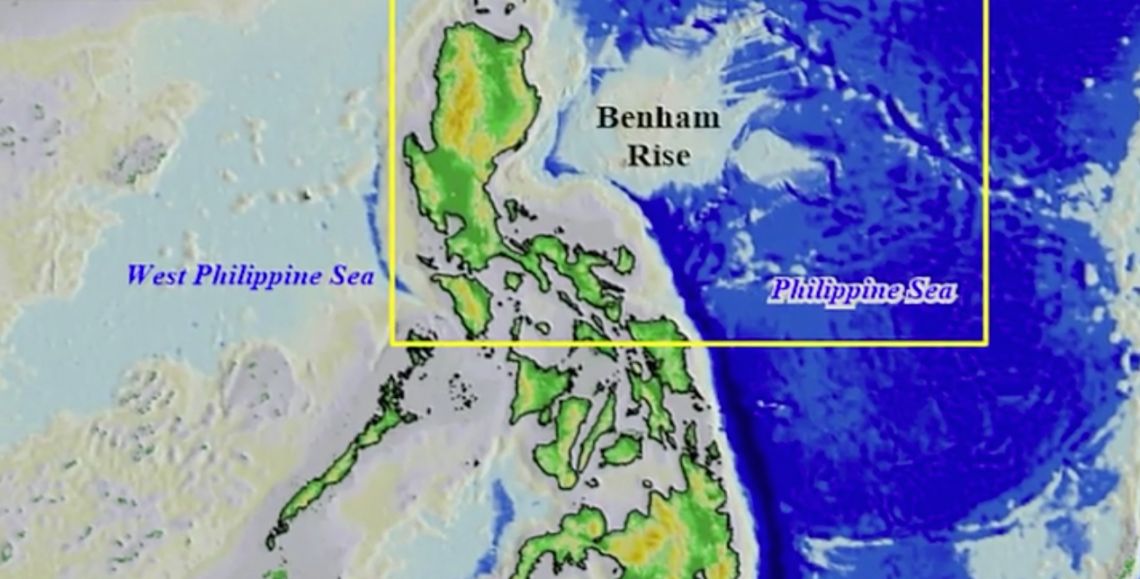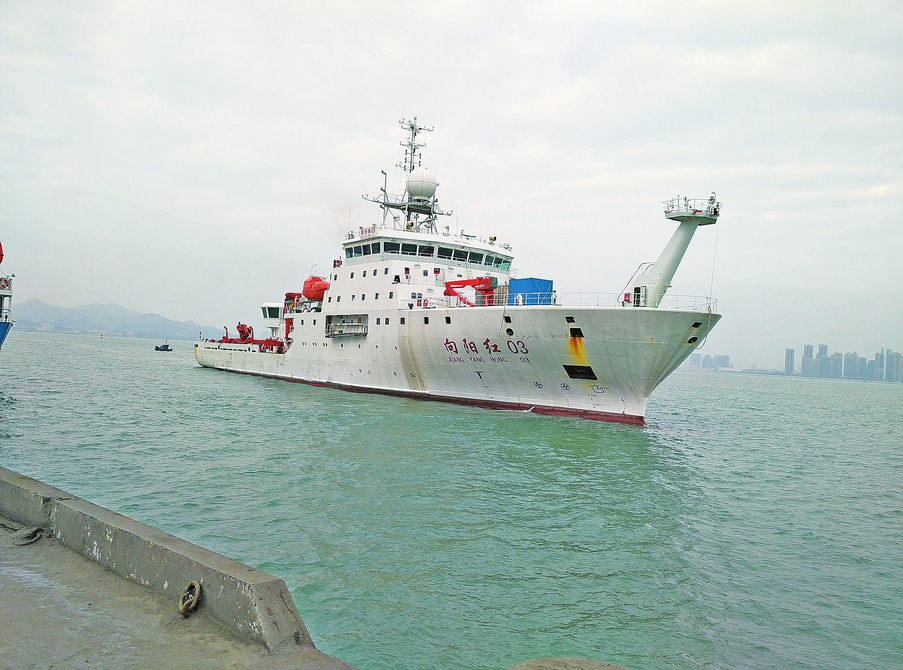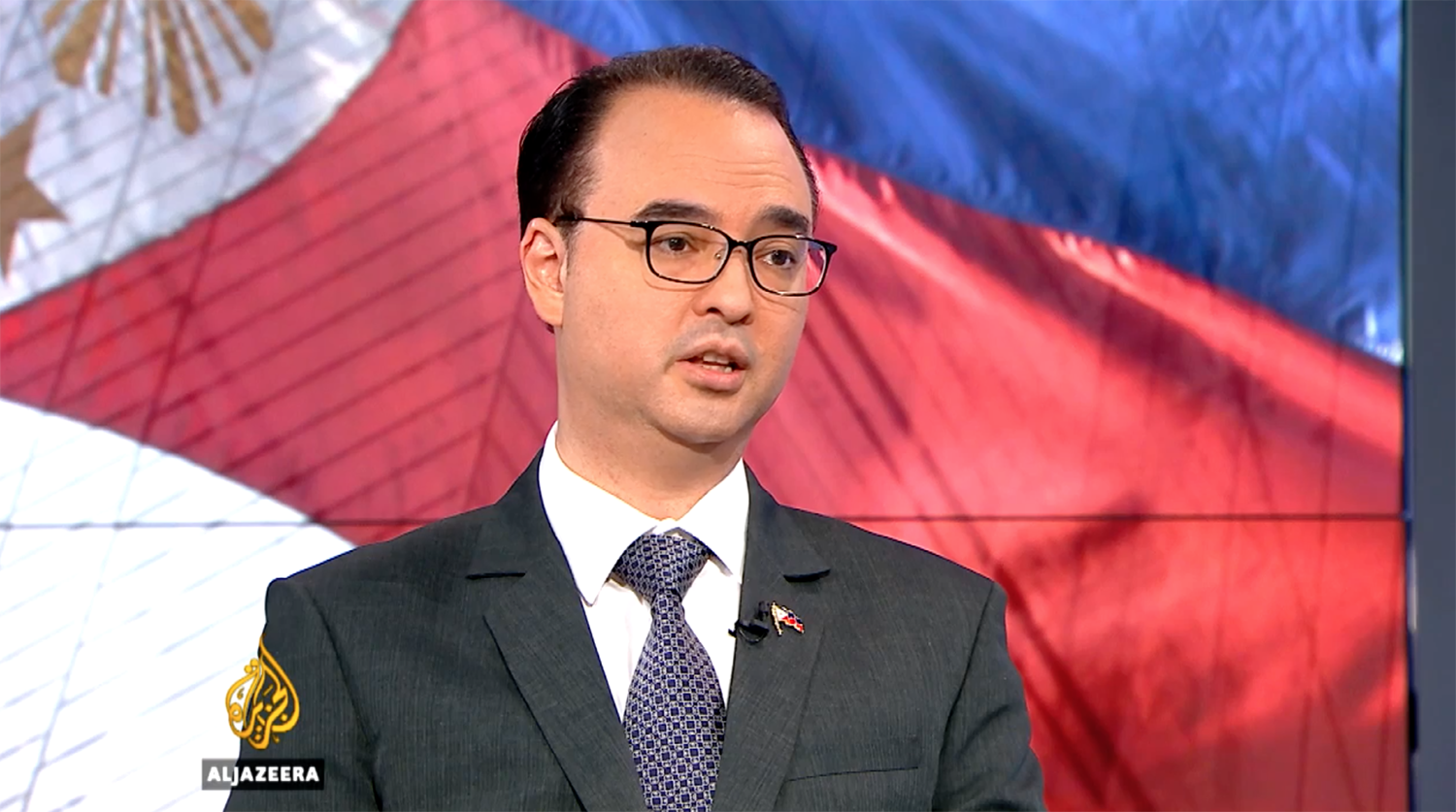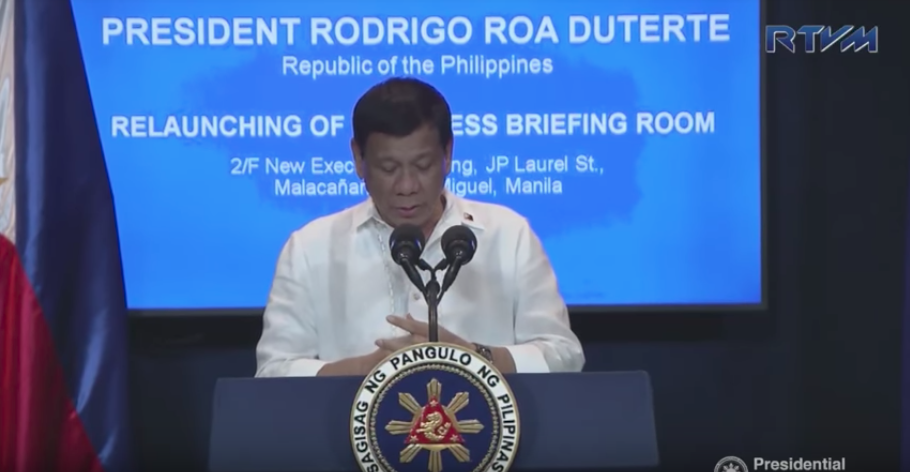On four occasions the past week, President Rodrigo Duterte said he will file a claim on Benham Rise and he will rename it “Philippine Ridge.”
Benham Rise is a 13-million-hectare undersea region located northeast of the country, as part of the Philippine Extended Continental Shelf (ECS).
STATEMENT
On April 15, during his visit in Qatar, he said “everybody is grabbing land” in areas like the South China Sea and that if the Philippines will not act fast, it will end up with nothing.
He then proceeded to talk about Benham Rise:
“And so on the right side there is the Benham Rise and it was claimed after an American who discovered the place. Nobody discovers the sea. Everybody has cede(d) the sea. If you start claiming there you are crazy. So I renamed it the ‘Philippine Ridge,’ and I announced to all including to America that this is ours. Do not come here.”
(Source: Speech of Rodrigo Duterte during the Philippine-Qatar Business Forum, Four Seasons Hotel Doha, Qatar, April 15, 2017, watch from 14:16 to 14:42)
On April 12, 10, and 6, he asserted the country’s claim and said he would issue an executive order to formalize it:
“And I will be signing an executive order, maybe when I come back, remaining it ‘The Philippine Ridge’ or ‘The Philippine Rise.’ Ridge mas maganda (better), because it connects one to another, and it strengthens the claims sa loob ang ating (inside our) continental ridge….I will rename it ‘Philippine Ridge’ as our exclusive property.”
(Sources: Transcript of Duterte’s speech before the Filipino Community in Riyadh, April 12, 2017; Transcript of the president’s press conference at the Davao International Airport before leaving for Saudi Arabia, Bahrain and Qatar, April 10, 2017; Transcript of ambush interview of President Duterte in Puerto Princesa, April 6, 2017)
FACT
Should the Philippine government file another claim on Benham Rise?
University of the Philippines Institute for Maritime Affairs and Law of the Sea director Jay Batongbacal, who was also part of the technical team that prepared and defended the Philippine’s claim on Benham Rise in 2009, told VERA Files:
“There is no need to claim, for this is already confirmed and undisputed. The Benham Rise region is undisputedly ours.
By ‘ours’ meaning the Philippines has the exclusive sovereign rights to explore and exploit it. Renaming it is, at best, a purely administrative measure. It has no bearing on our rights to the area, it’s already been delineated, per the CLCS. We were the ones who gave the coordinates of that.”
The Philippines has already officially claimed Benham Rise as part of its partial submission for a claim of extended continental shelf — beyond 200 nautical miles not more than 350 nautical miles from the baseline — to the UN Secretary General on April 8, 2009.
Technically, the undersea features, Molave Spur, Molave Saddle, Narra Spur and Narra Saddle, constitute the Benham Rise region. This composite feature forms the natural prolongation of the Philippine landmass, part of Luzon.
After the Philippines submitted scientific and technical information to prove its claim, the United Nations Commission on the Limits of the Continental Shelf (CLCS) affirmed and confirmed it on April 12, 2012.

Photo courtesy of Oceana
BACKSTORY
With Benham Rise as part of the country’s extended continental shelf, is it considered Philippine territory?
No.
Senior Associate Justice Antonio T. Carpio issued a brief on Benham Rise last March 14 following reports that a Chinese survey vessel has been spotted several times in Benham Rise.
He said: “Under international law, Benham Rise is not part of Philippine national territory because we do not have sovereignty over Benham Rise. However, we have ‘sovereign rights’ (less than sovereignty, but exclusive and superior to the rights of other states) over Benham Rise.”
Under Article 77 of the United Nations Convention on the Law of the Sea, we have the “sovereign right” to explore and exploit the oil, gas and other mineral resources in Benham Rise, and even the sedentary species (e.g., abalone, clams and oysters).
Carpio further said that others states like China has the right to conduct the following in Benham Rise:
(1) fishery research because the fish in the ECS belongs to mankind;
(2) surveys on water salinity and water currents because the water column in the ECS belongs to mankind; and
(3) depth soundings for navigational purposes because there is freedom of navigation in the ECS.
“If the Chinese vessels were looking for submarine passages and parking spaces, that would be part of freedom of navigation and the Philippines has no reason to complain,” he explained.
Even China is not disputing the Philippine jurisdiction over Benham Rise. Foreign Ministry Spokesman Geng Shuang admitted that their marine research vessel “did sail across relevant waters to the northeast of Luzon, the Philippines last year, exercising navigation freedoms and the right to innocent passage only, without conducting any other activities or operations.”
President Duterte said China advised him of their survey vessel going to Benham Rise and he allowed it.

Xiang Yang Hong 03, the survey vessel that was spotted in Benham Rise. (Photo from China Ocean News)
Benham Rise got its name from American geologist Andrew Benham, who was said to have discovered the undersea region.
A foreign affairs official explained that an executive order will only have domestic validity. However, it can also have international acceptance and recognition if it is consistent with international law, or at the very least does not conflict with international law.
He said the International Hydrographic Organization and Intergovernmental Oceanographic Commission have guidelines and procedures on naming, including renaming, of undersea features outside a country’s territorial sea.
Sources:
United Nations Division for Ocean Affairs and the Law of the Sea: Commission on the Limits of the Continental Shelf (CLCS). Outer limits of the continental shelf beyond 200 nautical miles from the baselines: Submissions to the Commission: Submission by the Republic of the Philippines
UNCLOS: Part VI Continental Shelf
International Hydrographic Organization Intergovernmental Oceanographic Commission (of UNESCO): User´s Guide for Preparation of Undersea Feature Name Proposals to the GEBCO Sub-Committee on Undersea Feature Names





